Root Bound Plants: What They Are, How to Prevent Them, and How to Fix Them
“Are your plants feeling cramped? Root bound plants might be the culprit! Picture this: your beloved green companions, snug in their pots, growing happily… or so you think. But beneath the surface, their roots are tangled, trapped, and struggling for space. What are root bound plants, you ask? How do you prevent this botanical bummer, and better yet, how can you fix it?
Fear not, fellow plant enthusiasts! In this guide, we’ll delve into the fascinating world of root bound plants, uncovering their secrets, revealing prevention tactics, and offering solutions to set your greenery free. Say goodbye to cramped roots and hello to flourishing foliage! Let’s get digging.”
Table of Contents
Understanding the Impact of Restricted Root Growth
Restricted root growth can have a significant impact on the overall health and vitality of plants. When a plant’s roots become confined and restricted within a limited space, it can hamper their ability to efficiently absorb water, nutrients, and oxygen from the surrounding soil. As a result, the plant may experience stunted growth, reduced vigor, and diminished overall health.

- Water Scarcity:
- Confined roots struggle to acquire sufficient water, leading to dehydration.
- Proper hydration is crucial for maintaining physiological processes like nutrient transport and photosynthesis.
- Nutrient Deficiencies:
- Restricted root systems may compromise nutrient uptake.
- Deficiencies can result in yellowing leaves, poor flowering, and reduced fruit production.
- Diminished Performance:
- Overall plant health and productivity suffer due to limited resource availability.
- Lack of Oxygen:
- Restricted roots may struggle to access oxygen.
- Oxygen is essential for root respiration and overall plant vitality.
- Risk of Root Diseases:
- Insufficient oxygen and compromised nutrient uptake can lead to root suffocation.
- This condition increases the risk of root rot and other diseases.
In the next section, we will delve deeper into the signs that indicate a plant is root bound and explore the various causes of root binding in plants. Understanding these aspects will help gardeners identify and prevent root binding, ensuring the optimal growth and health of their plants.
Identifying the Signs of a Root Bound Plant
Signs of a root bound plant are indicative of restricted root growth, which can hinder the overall health and vitality of your plants.

- Excessive root circling: Keep an eye out for roots tightly packed around the container’s edges, struggling to expand.
- Increased watering needs: If your plant is drying out quickly or needing more frequent watering, it could be a sign of root binding. Restricted roots struggle to absorb enough moisture, leading to water stress.
- Decline in growth and vitality: Look for stunted or distorted leaves, reduced flowering or fruiting, and overall lack of vigor. Confined roots can’t access essential nutrients and oxygen, impacting the plant’s health and productivity.
Identifying these signs early is crucial for preventing further decline. Recognize root bound symptoms to take timely action and ensure your plant’s well-being.
In the next sections, we will delve into the causes of root binding in plants and explore the negative effects it can have on their health. Stay tuned for essential tips and techniques on how to prevent and manage root binding effectively.
The Causes of Root Binding in Plants
Root binding, also known as root bound, occurs when a plant’s roots become overcrowded within a container, restricting their growth and causing them to circle or tangle around each other. This phenomenon is often caused by several factors that hinder the root system’s ability to expand and grow properly.
- Container Size:
- Cause: Using containers that are too small for a plant’s root system.
- Effect: Roots become tangled and restricted.
- Solution: Choose appropriately sized containers to allow for healthy root growth.
- Soil Drainage and Aeration:
- Cause: Poorly-draining soil or potting mix.
- Effect: Compacted roots due to excessive moisture.
- Solution: Use well-draining soil and ensure proper aeration.
- Overwatering:
- Cause: Excessive watering.
- Effect: Reduced oxygen levels in the soil, hindering root function.
- Solution: Water plants appropriately and avoid overwatering.
Remember, whether indoors or outdoors, providing optimal growing conditions helps prevent root binding and promotes healthier plants! 🌱🪴🏡.
Exploring the Negative Effects of Root Binding on Plant Health
Root binding, also known as root bound, occurs when a plant’s roots become tightly packed within a container, restricting their growth and leading to a range of negative effects on plant health.
Addressing root binding promptly is crucial to prevent both immediate and long-term negative consequences on the plant’s health and well-being.
| Negative Effects of Root Binding on Plant Health | Impact on Plants |
|---|---|
| 1. Reduced Water and Nutrient Absorption | – Constricted Roots: Bound roots struggle to absorb water and nutrients efficiently. |
| – Limited Growth: Leads to stunted growth due to inadequate nutrient uptake. | |
| 2. Impaired Root Structure and Development | – Circling Roots: Roots start to grow in a circular pattern within the container. |
| – Weakened Structure: Weakens the overall root structure and stability. | |
| 3. Increased Susceptibility to Stress | – Environmental Stress: Pot-bound plants are more vulnerable to environmental stress. |
| – Disease Susceptibility: Weakened plants are more prone to diseases and pests. | |
| 4. Restricted Oxygen Uptake | – Limited Oxygen: Dense, circling roots reduce the availability of oxygen to the plant. |
| – Root Rot Risk: Increases the risk of root diseases like root rot. | |
| 5. Poor Nutrient Distribution | – Uneven Nutrient Access: Nutrients may not be distributed evenly to all parts of the plant. |
| – Leaf Yellowing: Manifests as yellowing leaves due to nutrient deficiencies. | |
| 6. Compromised Flowering and Fruiting | – Reduced Flower Production: Pot-bound plants may struggle to produce flowers. |
| – Lower Fruit Yield: Results in lower yields and poor fruit development. | |
| 7. Transplant Shock upon Repotting | – Root Disturbance: Transplanting pot-bound plants can lead to shock and stress. |
| – Delayed Recovery: Plants may take time to recover and resume normal growth. | |
| 8. Restricted Long-Term Growth Potential | – Permanent Damage: Severe root binding can cause long-term damage to plant health. |
| – Reduced Longevity: Limits the overall lifespan and potential size of the plant. |
Understanding the detrimental impacts of root binding is paramount for garden enthusiasts in order to ensure the well-being and optimal growth of their plants. By recognizing the signs early on and implementing appropriate measures to prevent and address root binding, gardeners can greatly enhance their plants’ chances of thriving and flourishing.
In the following sections, we will explore the causes of root binding, identify the signs to look out for, and discuss the strategies and techniques to mitigate its impact on plant health. So, let’s dive deeper into this crucial topic and equip ourselves with the knowledge to promote optimal root growth and overall plant health.
Selecting the Right Container Size for Your Plants
When it comes to selecting the right container size for your plants, it is essential to consider their growth habits and root systems.
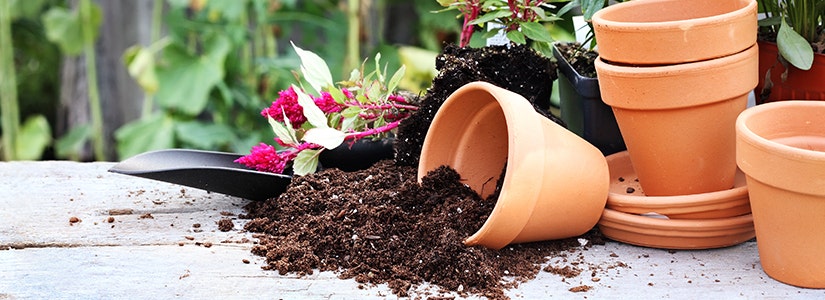
- Size Matters:
- Choose a container that allows ample space for root growth. A container that is too small can restrict roots and hinder plant health.
- Avoid oversized containers, as they can lead to excessive moisture retention and nutrient leaching.
- Drainage:
- Ensure the container has proper drainage holes to prevent waterlogged soil.
- Use a well-draining potting mix to promote healthy root development.
- Material:
- Opt for containers made of materials like terracotta, plastic, or fabric.
- Terracotta provides good aeration but may dry out faster, while plastic retains moisture better.
- Plant Type:
- Consider the specific needs of your plant. Some plants prefer shallow containers, while others thrive in deeper ones.
- Room to Grow:
- Leave some space at the top of the container for watering and to accommodate plant growth.
- Plant Size at Maturity:
- Small Plants: Herbs and annual flowers with shallow root systems can thrive in smaller containers.
- Large Plants: Fruit trees, shrubs, and other plants with extensive roots need larger containers.
- Growth Rate:
- Slow-Growing Plants: Initially, they may not need a large container, but consider repotting as they grow.
- Fast-Growing Plants: Starting in a larger container can prevent frequent repotting.
By carefully selecting the right container size for your plants, you provide them with the optimal conditions for healthy root development and overall growth.
recently used the HC Companies CNA08000DE1C024LRDGZ planters for my patio garden, and they proved to be an excellent choice for both durability and functionality. The planters are lightweight, making them easy to maneuver, yet they hold up well against the elements. The drainage holes are well-designed to prevent waterlogging, ensuring my plants remain healthy. While the design is quite basic, their affordability and practicality outweigh this minor drawback. Overall, these planters are a great value for anyone looking to expand their garden without breaking the bank.
✅ Affordable: Economically priced, making it a budget-friendly option for gardeners.
✅ Lightweight: Easy to handle and move around, even when filled with soil and plants.
✅ Good Drainage: Designed with drainage holes to prevent overwatering and root rot.
✅ Versatile Use: Suitable for a variety of plants, both indoor and outdoor.
❌ Limited Color Options: Available in only a few colors, which might not suit all aesthetic preferences.
❌ Not Biodegradable: Made from plastic, which isn’t environmentally friendly compared to biodegradable options.
❌ Can Fade: The color may fade over time with prolonged exposure to direct sunlight.
❌ Lightweight Construction: Can tip over easily if used with tall or top-heavy plants.
Properly Preparing Containers for Planting
When it comes to properly preparing containers for planting, there are a few key steps that can make a significant difference in the success of your plants.
- Container Size:
- Choose a container that provides ample space for roots growth.
- Avoid overcrowding, as it can lead to root binding and hinder plant health.
- Drainage:
- Ensure your container has drainage holes at the bottom.
- Consider placing a layer of gravel or broken pottery over the holes to facilitate water flow.
- Opt for a well-draining soil mix to maintain optimal moisture levels.
Remember, preparing the container correctly sets the foundation for healthy root growth and ultimately contributes to the overall vitality of your plants.
Choosing the Right Soil Mix for Optimal Root Growth
Choosing the right soil mix is crucial for promoting optimal root growth in your plants. The soil acts as the foundation for your plant’s roots, providing essential nutrients, water, and oxygen. It is important to select a soil mix that is well-draining, nutrient-rich, and suitable for the specific needs of your plants.
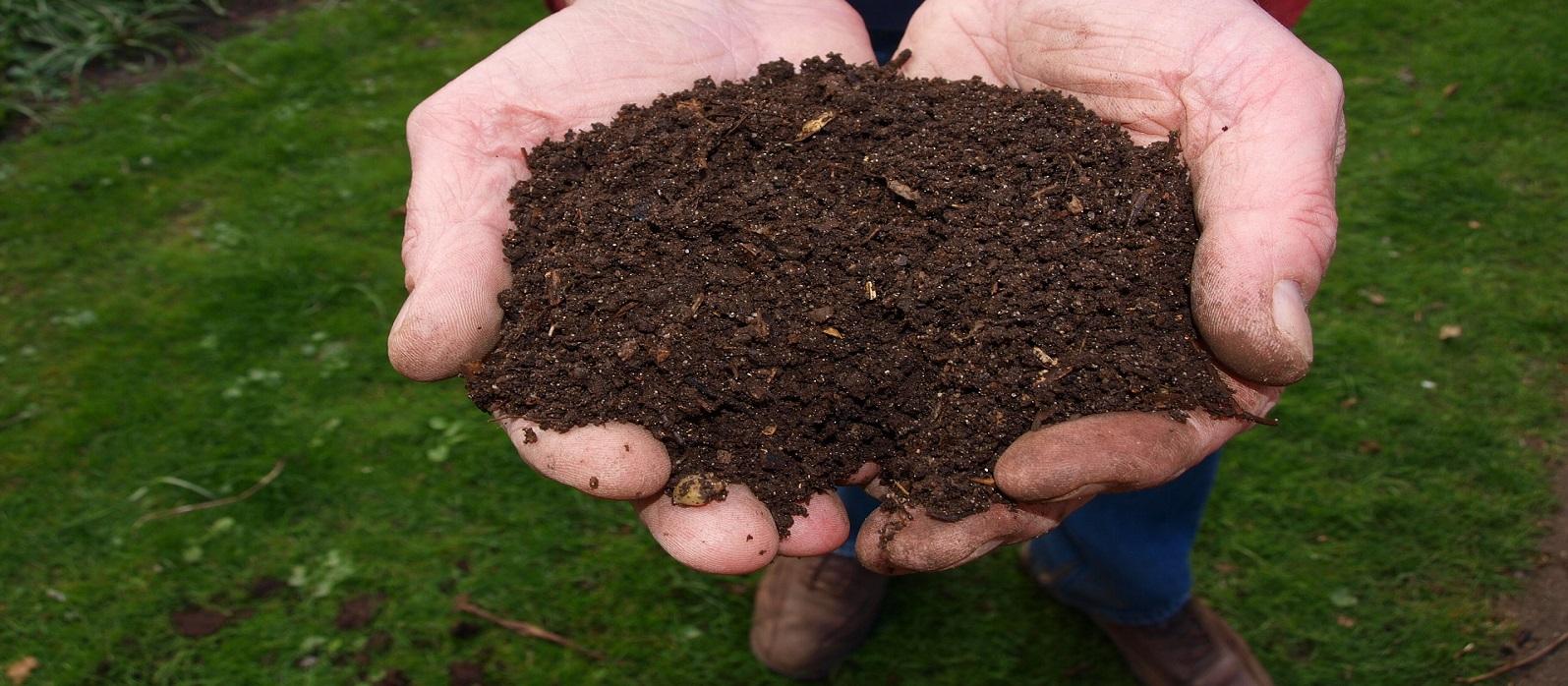
- Ensure adequate drainage: Use soil mixes labeled as “well-draining” or “lightweight” to prevent waterlogging and root rot. Look for ingredients like perlite or vermiculite that enhance drainage.
- Choose nutrient-rich soil: Opt for mixes containing organic matter such as compost or humus to provide essential nutrients for healthy root development. A balanced pH in the soil mix ensures optimal nutrient availability.
- Consider plant-specific needs: Research the soil requirements of your plants, such as acidity levels or soil texture preferences. Select a soil mix that meets the specific needs of your plant species for optimal growth and health.
By choosing the right soil mix for optimal root growth, you are setting your plants up for success. Providing proper drainage, nutrient-rich soil, and considering the specific needs of your plants will help promote healthy root development and overall plant vigor. Invest time in understanding the requirements of your plants and select the soil mix that best suits their needs for an abundant and thriving garden.
I used Burpee Natural Grade Horticultural Vermiculite in my garden, and it significantly improved soil aeration and moisture retention. My plants’ roots grew healthier and stronger, leading to better overall growth. Mixing it into my soil was easy, and I noticed a remarkable difference in the soil’s texture and water-holding capacity. It’s an excellent addition for anyone looking to boost their garden’s performance.
- Enhances Soil Aeration: Vermiculite improves soil aeration, which helps roots to grow more effectively.
- Moisture Retention: It retains moisture well, ensuring plants have consistent access to water.
- Natural and Organic: Suitable for organic gardening, ensuring that it’s safe for both edible and ornamental plants.
- Versatile Use: Can be used for seed starting, transplanting, and soil conditioning, making it a multi-purpose addition to the garden.
- Dust Generation: Handling vermiculite can create dust, which may be an irritant and requires careful handling.
- Price: It may be more expensive than other soil amendments, potentially increasing gardening costs.
- Limited Nutritional Value: While vermiculite helps with aeration and moisture retention, it does not add significant nutrients to the soil, requiring additional fertilization.
Implementing Proper Watering Techniques to Prevent Root Binding
Proper watering techniques play a crucial role in preventing root binding and ensuring the healthy growth of plants.

- Overwatering: Excessive watering can harm plants by saturating the soil and reducing oxygen availability for the roots.
- Root Binding: When roots become constricted due to tight containers, they can’t grow properly, leading to root binding.
- Prevention:
- Know Your Plants: Understand the water needs of different plant species.
- Check Soil Moisture: Use your finger to assess soil moisture before watering.
- Well-Draining Soil: Use well-draining soil mixtures to prevent waterlogged roots.
- Proper Pot Size: Choose pots with adequate space for root growth.
- Watering Frequency: Adjust watering based on plant type and environmental conditions.
- Watering Technique:
- Water deeply and less frequently to encourage roots to grow downwards.
- Ensure even distribution of water throughout the root zone.
- Avoid creating stagnant areas in the soil.
- Timing:
- Water your plants in the morning to allow foliage to dry during the day.
- Avoid overhead watering, especially late in the evening.
- Monitoring Soil Moisture:
- Regularly check soil moisture using your finger or a moisture meter.
- Different plants have varying water requirements, so adjust accordingly.
Implementing proper watering techniques not only prevents root binding but also contributes to the overall vitality and well-being of your plants. By providing adequate and balanced moisture, you are creating an environment that encourages healthy root development and helps your plants thrive. So, remember to observe your plants, adjust your watering routine accordingly, and watch as they flourish in response.
Providing Adequate Drainage to Avoid Root Binding
Adequate drainage is essential for preventing root binding in plants. When a plant’s roots become bound, they can become tangled and compacted, leading to restricted growth and poor overall health. By ensuring proper drainage in your plant containers, you can help prevent this issue and promote optimal root development.

- Use containers with drainage holes: Holes allow excess water to escape, preventing root suffocation. Place small rocks or mesh over the holes to prevent soil blockage and ensure proper water flow.
- Choose a well-draining soil mix: Opt for light, airy, and loamy mixes that prevent water pooling around roots. Avoid heavy clay soils prone to compaction when wet. Incorporate organic matter like compost or peat moss to improve soil structure and drainage.
By prioritizing adequate drainage in your plant containers, you can create an environment where root binding is less likely to occur. This will enable your plants to thrive and reach their full potential. So, remember to choose containers with proper drainage, use a well-draining soil mix, and provide a suitable growing environment that supports healthy root growth.
Creating a Feeding Schedule to Promote Healthy Root Development
A feeding schedule is an essential component of promoting healthy root development in plants. By providing the right nutrients at the right times, you can ensure that your plants have the necessary fuel to thrive.
- Plant-Specific Needs:
- Research and understand the specific nutrient requirements of each plant species.
- Different plants have varying needs for nutrient like nitrogen, phosphorus, and potassium.
- Growth Stage:
- Consider the growth stage of your plants:
- Young Seedlings: Require high nitrogen levels for rapid growth.
- Flowering Plants: Benefit from increased phosphorus and potassium for blooming and fruit production.
- Consider the growth stage of your plants:
- Balanced Diet:
- Ensure a well-balanced diet for your plants:
- Include essential nutrients like nitrogen, phosphorus, potassium, calcium, and magnesium.
- These nutrients are crucial for root development and overall plant health.
- Ensure a well-balanced diet for your plants:
By following a well-planned feeding schedule, you can promote healthy root development and enable your plants to reach their full potential.
Recognizing the Need for Repotting
When caring for your plants, it is important to recognize the signs that indicate they may be in need of repotting.
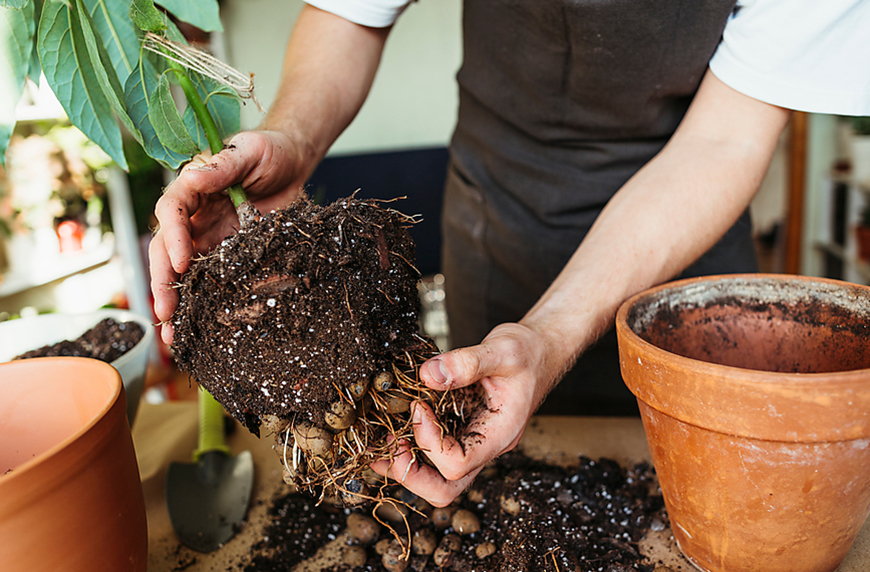
- Look for restricted root growth: Check for roots circling or densely packed in the container, indicating the plant has outgrown its current pot.
- Watch for signs of nutrient and water uptake issues: Stunted growth or yellowing leaves may indicate roots are struggling to access resources due to limited space.
- Consider repotting: If restricted root growth is observed, transfer the plant to a larger container to provide adequate space for healthy root development and overall plant growth.
By recognizing the need for repotting early on, you can provide your plants with the necessary space for robust root development and ensure their continued health and vitality.
Step-by-Step Guide to Repotting Root Bound Plants
Repotting root bound plants is an essential step in ensuring their continued growth and health. When a plant becomes root bound, its roots become tightly packed and entangled within the container, which restricts their ability to absorb water and nutrients. To repot a root bound plant, follow these simple steps:
- Remove from Current Container:
- Gently remove the plant from its current container.
- Tap and massage the sides to loosen the root ball.
- If roots are tightly bound, make vertical cuts using a clean knife or pruning shears.
- Select a Larger Container:
- Choose a new container one size larger than the previous one.
- Ensure it has drainage holes to prevent water accumulation.
- Prepare the New Container:
- Fill the new container with well-draining potting mix.
- Leave enough space for the root ball.
- Place the Root Ball:
- Position the root ball in the new container at the same level as before.
- Backfill with more potting mix, pressing it down gently to remove air pockets.
- Water Thoroughly:
- Water the plant thoroughly, allowing the soil to settle around the roots.
- Avoid overwatering to prevent root rot.
- Choose the Right Location:
- Place the repotted plant in an appropriate spot with proper light and temperature conditions.
- Monitor closely for the next few weeks to ensure it thrives.
With these steps, your root-bound plant will have a fresh start and healthier root growth. With time, the root-bound plant will have the opportunity to establish new root growth and thrive in its new container.
Essential Tips for Ensuring Successful Recovery of Root Bound Plants
1. Provide Adequate Space and Airflow: One of the most important steps in ensuring successful recovery of root bound plants is to provide them with enough space and proper airflow. When repotting, choose a container that is at least 2 inches wider and deeper than the root ball. This will give the roots room to spread and grow. Additionally, make sure the new container has drainage holes to prevent waterlogging, as excess moisture can lead to root rot. Proper airflow is also crucial, as it helps prevent the roots from becoming compacted and promotes healthy oxygen exchange.
2. Loosen and Prune the Roots: Before transplanting the root bound plant into its new container, it is essential to loosen and prune the roots. Gently tease out the roots with your fingers or use a garden fork to loosen them without causing damage. This will help in breaking up the compacted root ball and encourage new root growth. Trim any long or tangled roots with clean and sharp pruners, removing no more than one-third of the root mass. This will stimulate the growth of fresh, healthy roots and prevent the plant from becoming root bound again in the future.
By following these essential tips, you can ensure a successful recovery for your root bound plants. Providing adequate space and airflow, along with properly loosening and pruning the roots, will promote healthy root development and allow your plants to thrive in their new containers.
For more information watch the video:
FAQ
What are some common signs that a plant is root bound?
Some common signs of a root bound plant include slow growth, roots circling around the inside of the pot, frequent wilting despite regular watering, and poor nutrient absorption.
How does root binding affect the overall health of a plant?
Root binding restricts the growth and spread of the plant’s roots, leading to stunted growth, decreased nutrient absorption, increased susceptibility to diseases and pests, and a higher risk of root rot.
How can I select the right container size for my plants?
To select the right container size, consider the mature size of the plant, its root growth habits, and the amount of space required for healthy root development. Choose a container that allows the roots to spread and grow freely.
What can I do to prevent root binding in my plants?
To prevent root binding, regularly check the root system of your plants, choose the right container size, use a well-draining soil mix, water properly, and provide adequate drainage to ensure healthy root growth.
When is it necessary to repot a root bound plant?
It is necessary to repot a root bound plant when you notice signs of restricted root growth, such as roots circling the pot, poor growth, or the plant becoming root bound.
Can I reuse the old soil when repotting a root bound plant?
It is generally recommended to replace the old soil when repotting a root bound plant. The old soil may lack nutrients and could be compacted, hindering healthy root growth. Fresh, well-draining soil is ideal for promoting recovery.
How often should I water a root bound plant?
The frequency of watering a root bound plant can vary depending on various factors such as plant species, container size, and environmental conditions. It is best to water the plant when the top inch of soil feels dry to the touch, ensuring not to overwater or let the roots sit in standing water.
How can I encourage healthy root development in my plants?
To encourage healthy root development, create a feeding schedule using a balanced fertilizer, ensure proper watering techniques, provide adequate drainage, and choose the right container and soil mix that promotes root growth.
Can I repot a root bound plant at any time of the year?
While it is generally recommended to repot root bound plants during the active growing season, which is typically spring or early summer, you can repot them at any time of the year if necessary. Just be cautious of the plant’s specific needs and adjust your care accordingly.
What is the importance of adequate drainage in preventing root binding?
Adequate drainage is crucial in preventing root binding as it allows excess water to drain away, preventing waterlogged soil and the accumulation of stagnant water that can lead to root rot and restricted root growth.

Studied Agricultural Engineering-Plant Protection at University of California, Davis.
Head of Content writing team at Southelmontehydroponics.com

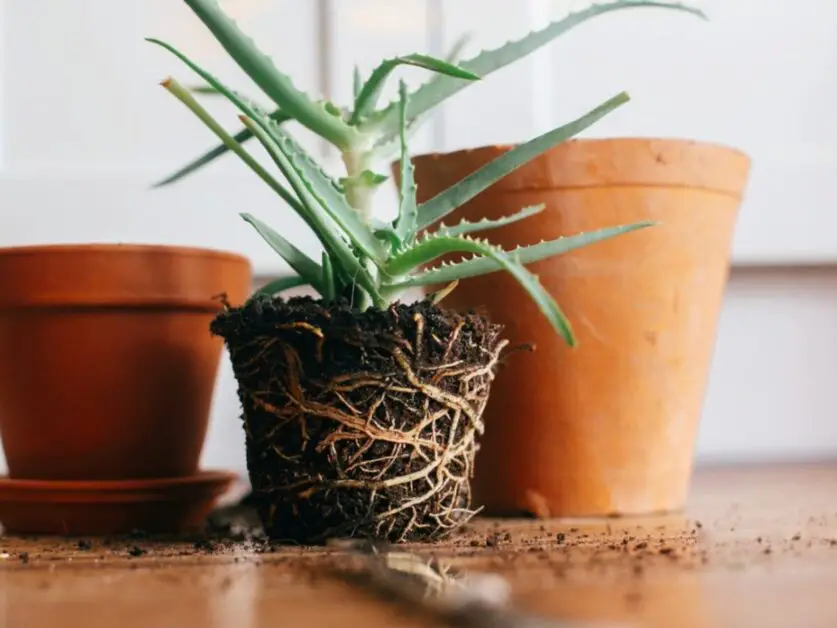
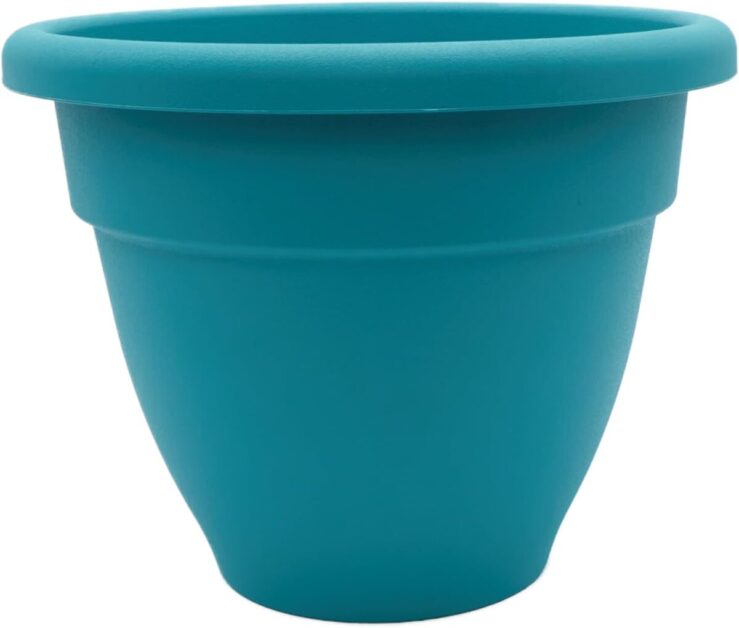

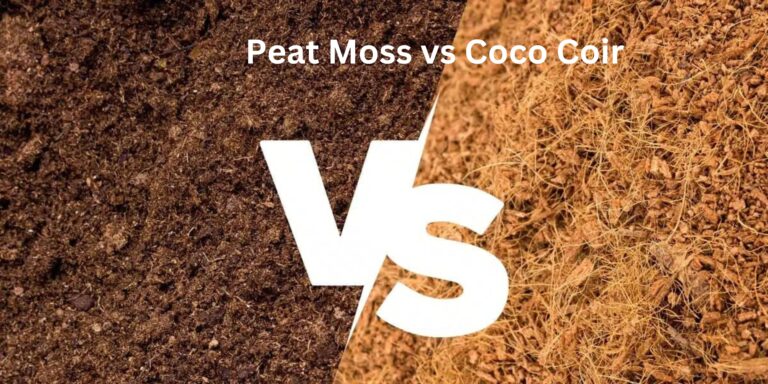
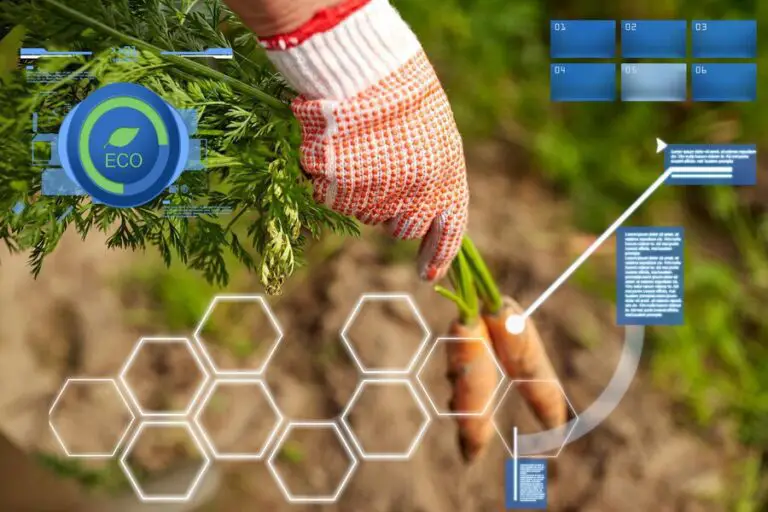

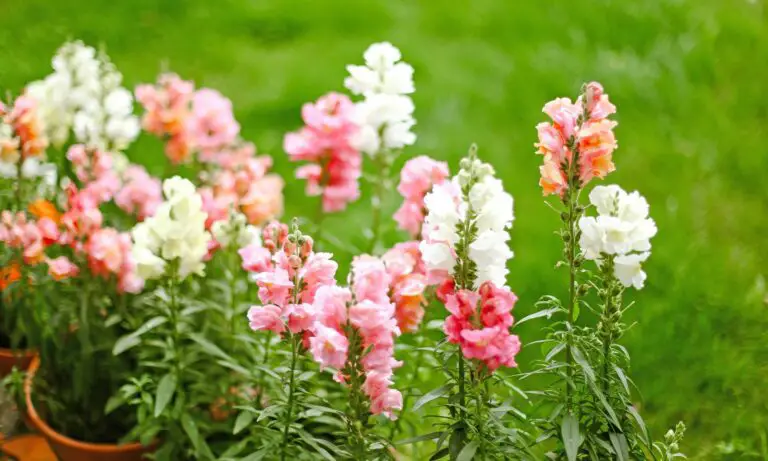
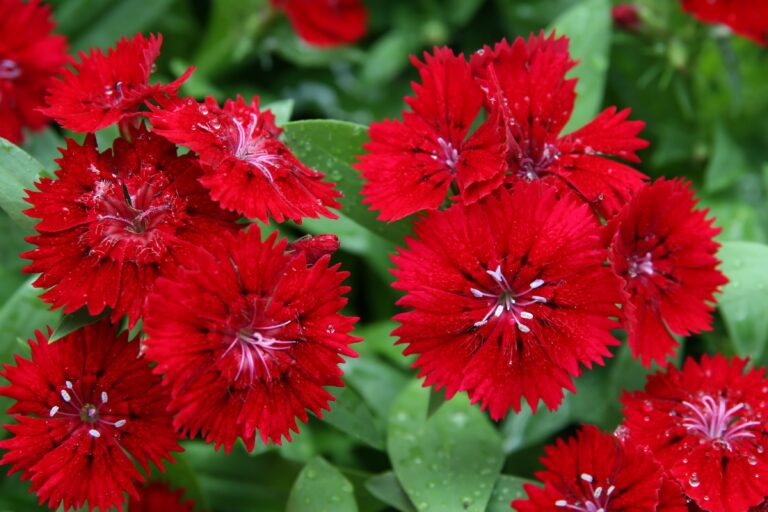

3 Comments